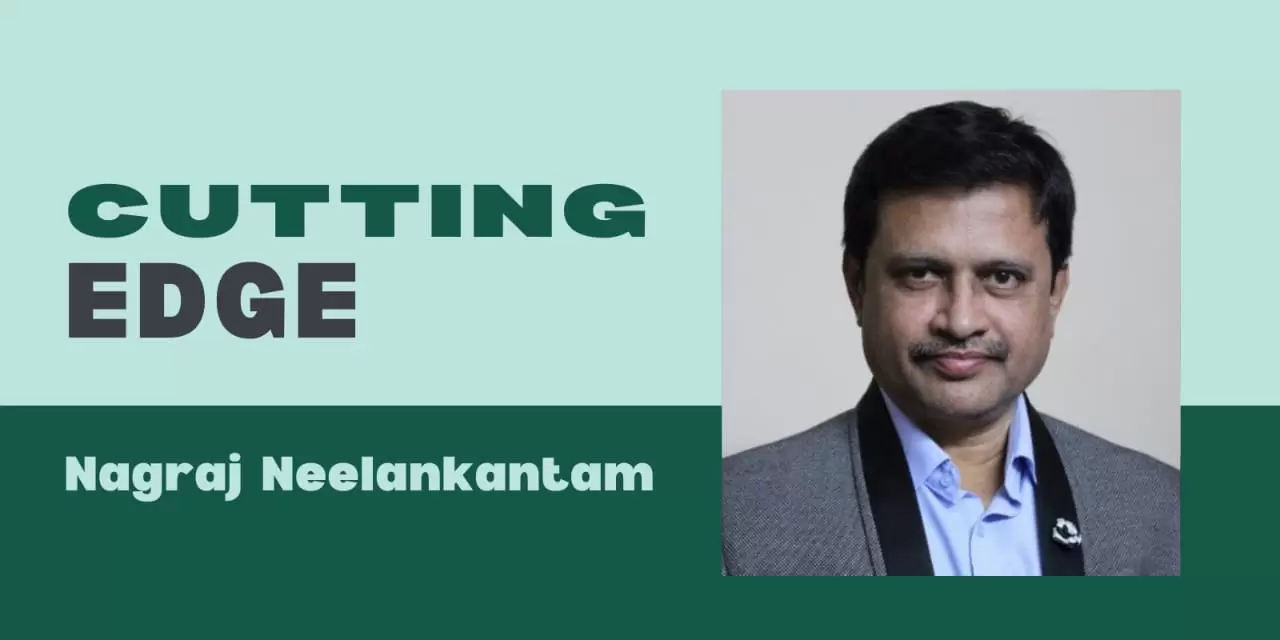In the bright desert air of Dubai, where technology and spectacle often converge, the Indian Air Force’s Tejas Light Combat Aircraft (LCA) took center stage—an embodiment of indigenous aviation prowess and the aspirations of a nation reaching for the sky. Yet, amidst the anticipation and pride, a shadow unfurled: a fatal crash punctuated by a whirlwind of rumors and calculated misinformation. The sequence of events, echoing drama and intrigue, resembles not just the literal turbulence of aviation but also the metaphorical crosswinds of geopolitics and information warfare. This feature-length exploration aims to illuminate the intent, impact, and revelations surrounding the Dubai incident, expertly blending a scientific lens and a narrative grounded in both Indian tradition and modern reality.
The LCA Tejas, developed by Hindustan Aeronautics Limited (HAL), has long been heralded as the torchbearer of India’s indigenous defense capabilities. Its showcase at the biennial Dubai Airshow was more than an exhibition—it symbolized years of research, development, and steadfast national ambition. Performing high-manoeuvre aerial displays, Tejas echoed both technological advancement and the pride of a country determined to stand tall in competitive global arenas.
Amid its prominent displays, the Tejas became the subject of persistent rumors, particularly spread by Pakistani social media accounts and their extended networks. Allegations of “oil leakage” quickly escalated, threatening to undermine confidence in the jet and, by extension, in India’s technological aspirations. The Press Information Bureau (PIB) of India responded swiftly, clarifying that the circulated footage depicted the routine draining of condensed water—a standard procedure under Dubai’s humid conditions, not an indication of aircraft failure. In the words of retired naval officer and commentator Cdr Sandeep Dhawan, such misinformation was deliberately peddled to “undermine the jet’s reliability,” warning readers to verify before amplifying unsubstantiated claims.
In a tragic turn, an LCA Tejas crashed during its performance, claiming the life of Squadron Leader Naman Syal—a loss mourned deeply by the Air Force and the nation. The crash’s timing—a single day after fact-checkers debunked the oil-leak hoax—provoked renewed debate and suspicion. Was it a mechanical failure? Pilot error? Sabotage? While certain observers could not dismiss the “sabotage angle,” aviation experts and officials alike encouraged restraint and patience until the findings of an official inquiry emerge. India’s history with the Tejas, spanning over two decades, reveals a clean safety record with only one prior crash—a testament to engineering prowess, even in the face of inherent risk.

Veteran investigative journalist Anantha Krishnan, providing perspective via his verified social media account, urged vigilance against anti-LCA campaigns. He cautioned against premature conclusions, emphasizing that “the truth will come up as soon as possible” and that such incidents must be approached with both scientific scrutiny and respect for process. As details remain under investigation, aerospace commentators stress the importance of relying on transparent inquiry and technical analysis, rather than being swayed by the distorting lens of propaganda.
Amid the turbulence of facts and opinions, the response from Indian authorities and civil society resonates strongly with the Sanatani ethos: be steadfast in adversity, seek clarity through rational inquiry, and harness collective strength for renewal. Such wisdom, embedded in the Indian worldview, complements modern scientific processes—both demand rigorous examination, humility before truth, and a refusal to capitulate to baseless fear or malice. The journey of Tejas, much like that of India’s technological spirit, is not linear; it blends setbacks, skepticism, and resurgence into a tapestry of progress.
The Dubai Airshow, marked by both triumph and tragedy, ultimately reveals more about the character of India’s defense establishment and the nation’s unwavering resolve. The story of Tejas—caught between propaganda and proud achievement—reminds us that truth, like flight, demands upward thrust against the weight of doubt. As the official inquiry proceeds, India remains resilient—mourning the loss, combating misinformation, and continuing its story of flight with dignity and determination. In these moments, the lesson is clear: let facts prevail, let wisdom guide, and let courage inspire the path forward.





